By Louis ‘Barok‘ C. Biraogo
The latest news from the Philippines has cast a glaring spotlight on the unyielding efforts of the Department of Justice (DoJ) to dismantle human trafficking networks. The sinister trade of human lives, a crime that spans the globe, continues to ensnare vulnerable populations in its web. However, in the Philippines, a country once deemed a haven for traffickers, the tide is turning under the leadership of Secretary Jesus Crispin Remulla.
Global Menace: Human Trafficking
Human trafficking is a modern-day scourge, a lucrative crime that preys on the desperate and defenseless. Globally, it is estimated that 24.9 million people are trapped in forced labor, sexual exploitation, and other forms of modern slavery. This illicit industry generates an estimated $150 billion annually, making it one of the most profitable criminal enterprises worldwide.
Victims, often lured by promises of legitimate employment or education, find themselves entrapped in a cycle of abuse and exploitation. The psychological and physical toll on these individuals is profound, with long-lasting repercussions that extend far beyond their rescue.
The Philippines’ Crusade Against Human Trafficking
In recent years, the Philippines has emerged as a formidable opponent against human traffickers. The country, with its geographical vulnerabilities and socio-economic challenges, has historically been a hotspot for trafficking activities. Yet, under the resolute stewardship of Secretary Remulla and the DoJ, significant strides have been made to turn the tables on this heinous crime.
The DoJ, alongside various governmental and non-governmental organizations, has implemented a multi-faceted approach to combat trafficking. This includes stringent law enforcement, victim protection, and international cooperation. The results are telling: increased arrests, successful prosecutions, and a growing network of support for victims.
Secretary Remulla and the DoJ: Unyielding Warriors
Secretary Remulla has been instrumental in spearheading initiatives that have fortified the Philippines’ fight against human trafficking. The DoJ’s arsenal includes several potent legal measures such as the Anti-Trafficking in Persons Act of 2003 (Republic Act No. 9208), which was further strengthened by the Expanded Anti-Trafficking in Persons Act of 2012 (Republic Act No. 10364). These laws provide a comprehensive framework for identifying, prosecuting, and penalizing traffickers, while ensuring robust protections for victims.
Under Remulla’s guidance, the DoJ has not only focused on enforcement but also on prevention and rehabilitation. Educational campaigns, victim assistance programs, and partnerships with international bodies have been pivotal in creating a hostile environment for traffickers and a supportive one for survivors.
The recent high-profile busts and subsequent convictions underscore the DoJ’s relentless pursuit of justice. One notable operation led to the rescue of dozens of minors from a trafficking ring, resulting in multiple life sentences for the perpetrators. These victories serve as a powerful deterrent to would-be traffickers and a beacon of hope for victims.
Recommendations: Sustaining the Momentum
While the progress is commendable, the fight against human trafficking is far from over. To sustain and amplify these efforts, several recommendations can be made:
1. Enhanced Training for Law Enforcement: Continuous training programs for police, prosecutors, and judges can ensure that they are equipped with the latest tools and techniques to combat trafficking effectively.
2. Strengthening International Cooperation: Trafficking is a transnational crime that requires a concerted global response. Strengthening partnerships with neighboring countries and international organizations can enhance cross-border operations and intelligence sharing.
3. Increased Funding for Victim Support: Ensuring adequate funding for shelters, rehabilitation programs, and vocational training for survivors is crucial for their reintegration into society.
4. Public Awareness Campaigns: Ongoing education and awareness campaigns can help in identifying potential trafficking situations and preventing exploitation before it occurs.
5. Technological Advancements: Leveraging technology to track and dismantle trafficking networks can provide a significant edge in the fight against traffickers.
Conclusion
The Philippines, under the vigilant eye of Secretary Remulla and the determined efforts of the DoJ, is setting a powerful example in the global battle against human trafficking. The path forward demands unwavering commitment, innovative strategies, and a collective will to eradicate this modern-day slavery. The message to traffickers is clear: the chains you forge to imprison others will be the very chains that bring you to justice.

- A Race Against Time – The Fight to Save the Philippine Eagle

- Dutertes Eye 3 Senate Seats: What It Means for Philippine Politics

- Timor-Leste Grants Philippines’ Request for Arnie Teves Extradition: Analyzing the Next Legal Steps

- Truth Under Siege: How Disinformation Threatens Peace in the South China Sea
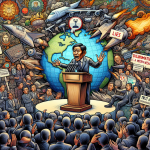
- Ghost Owners and Deadly Games: The Unseen Threat of POGO Operations

- Macapagal’s Mission: Ensuring Hope for Displaced Calamba Vendors
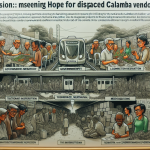
- Congressional Summons vs. Senator Bato and Former President Duterte: Legal Implications and Perspectives
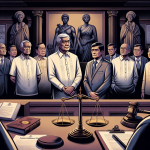
- Steering Through Storms: Can U.S. and Philippine Efforts Calm South China Sea Aggression?
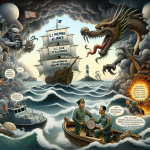
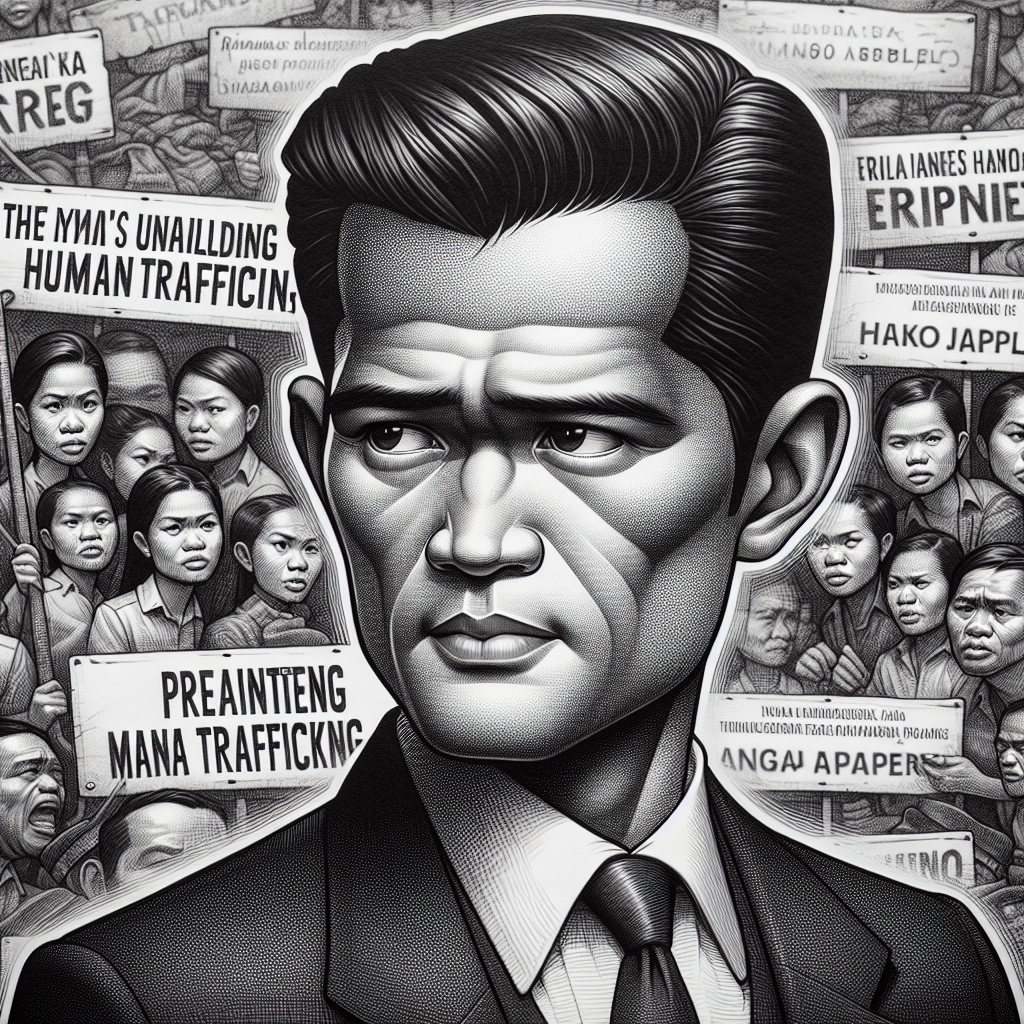



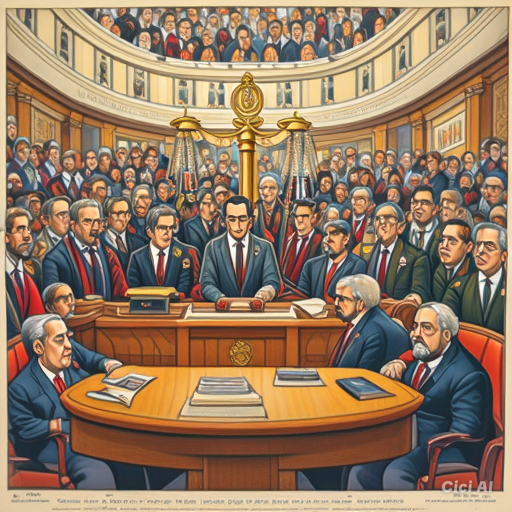

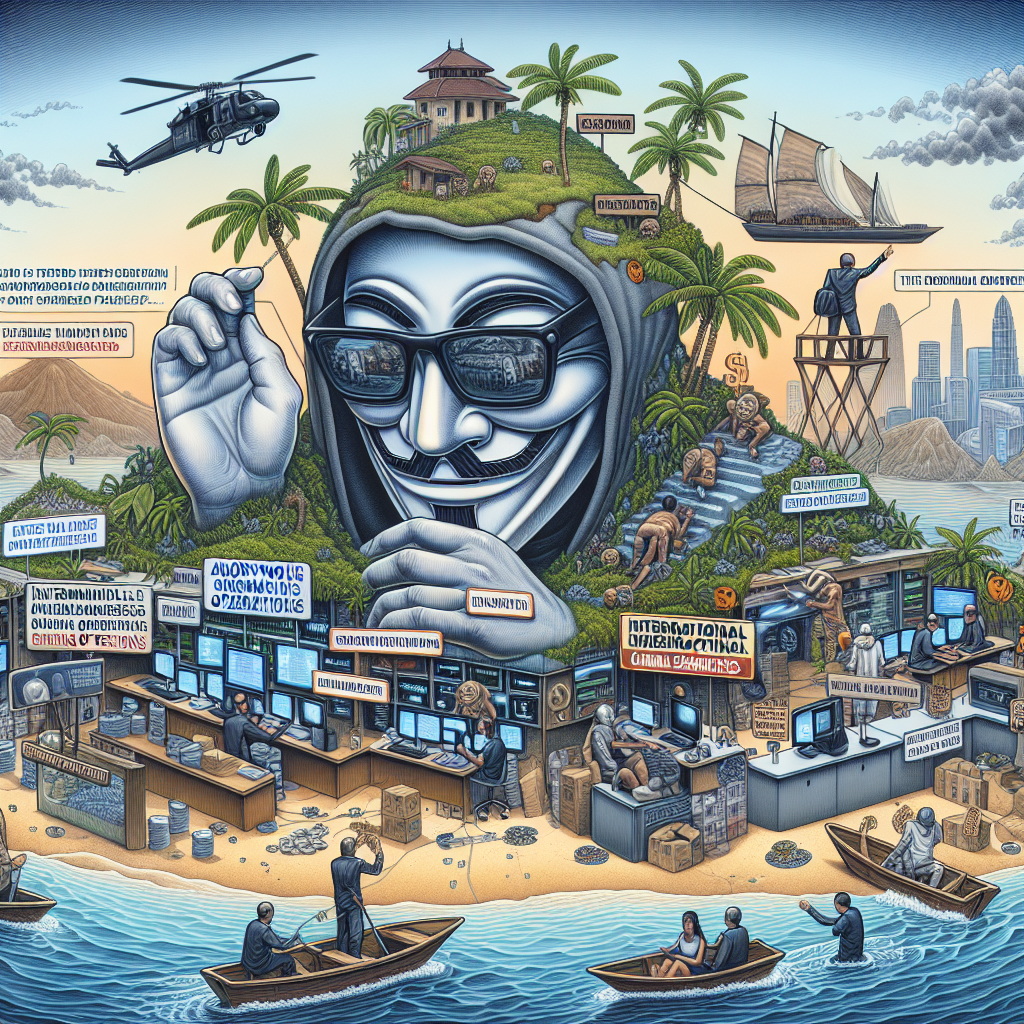
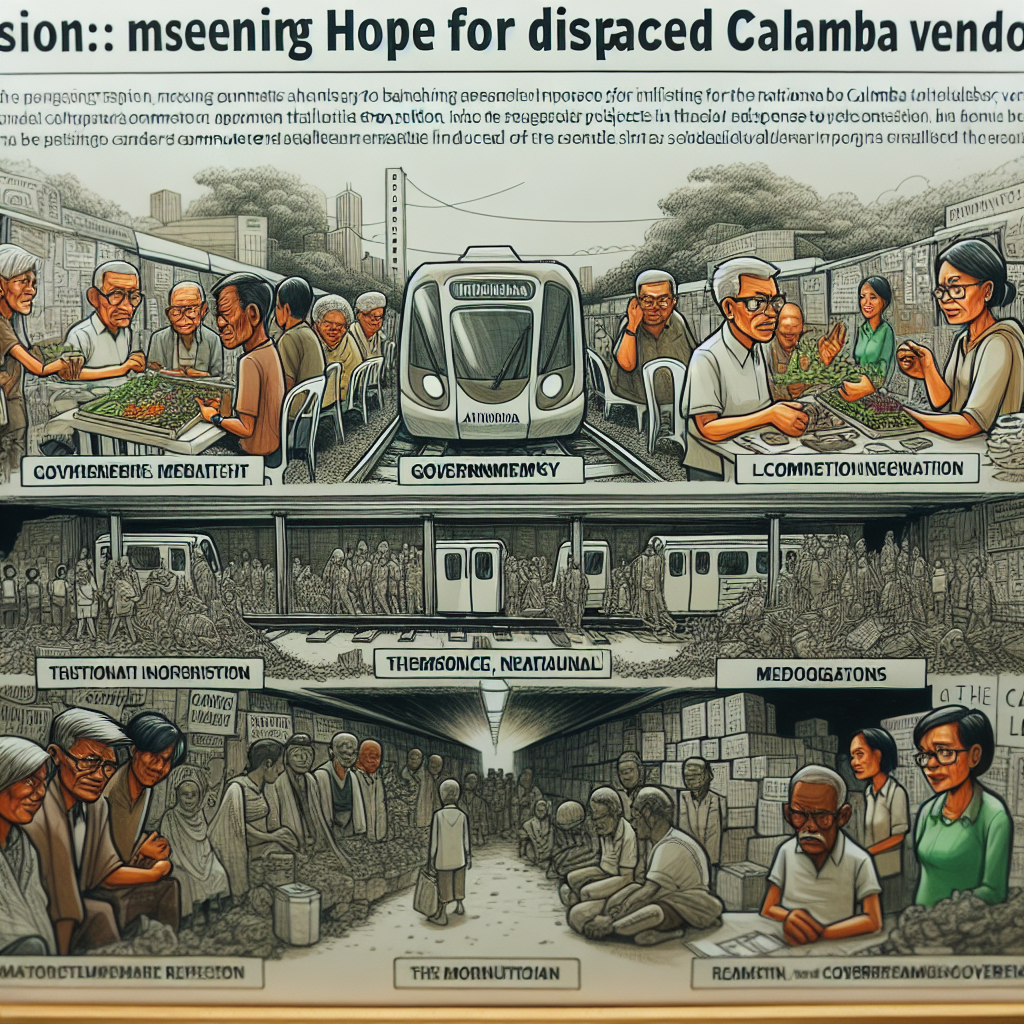
Leave a comment